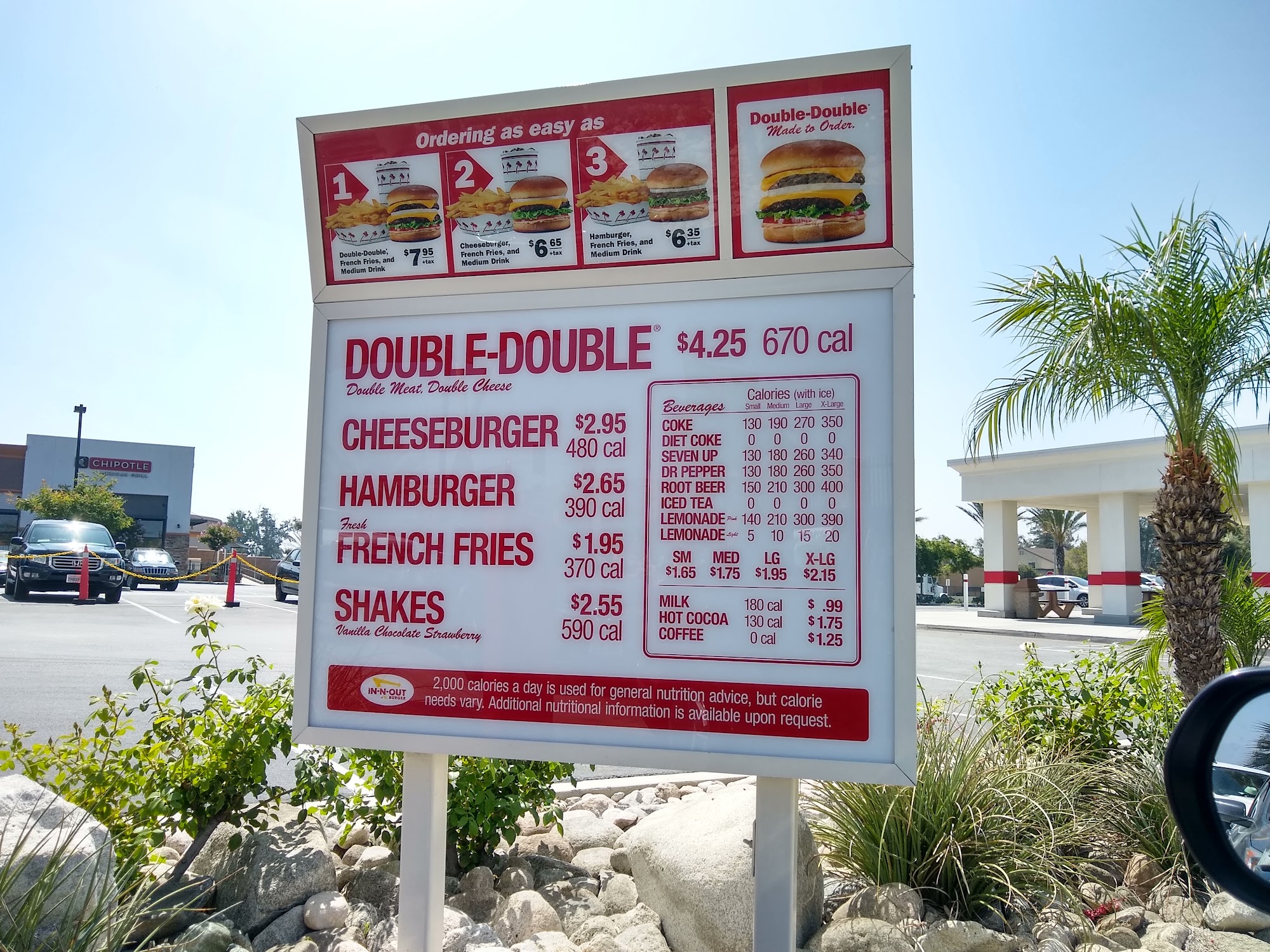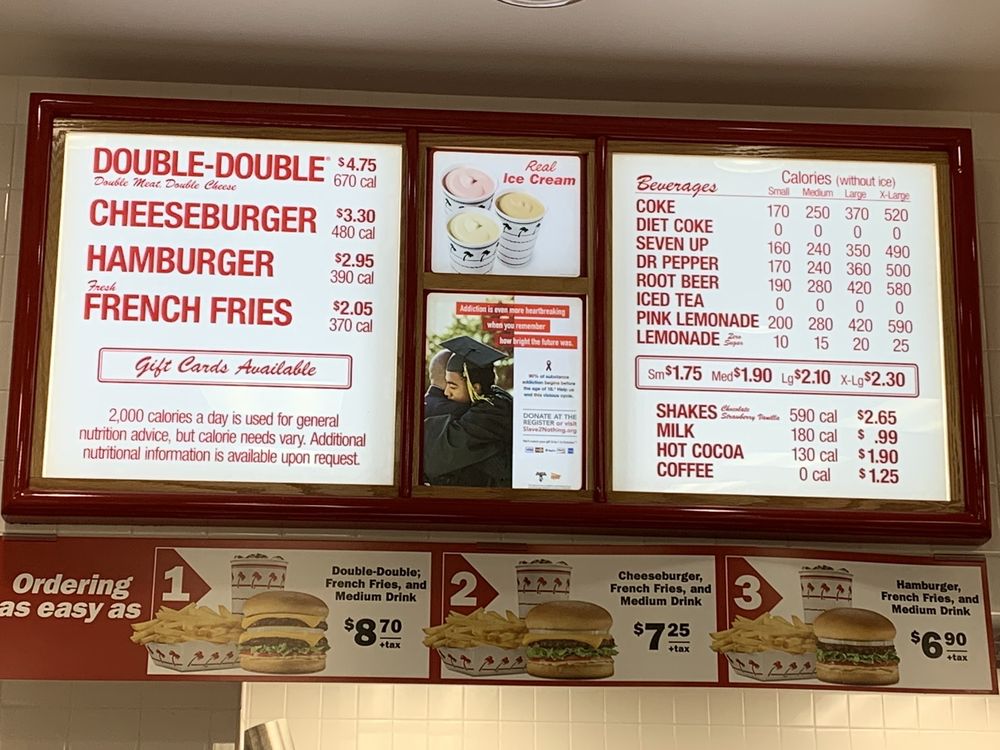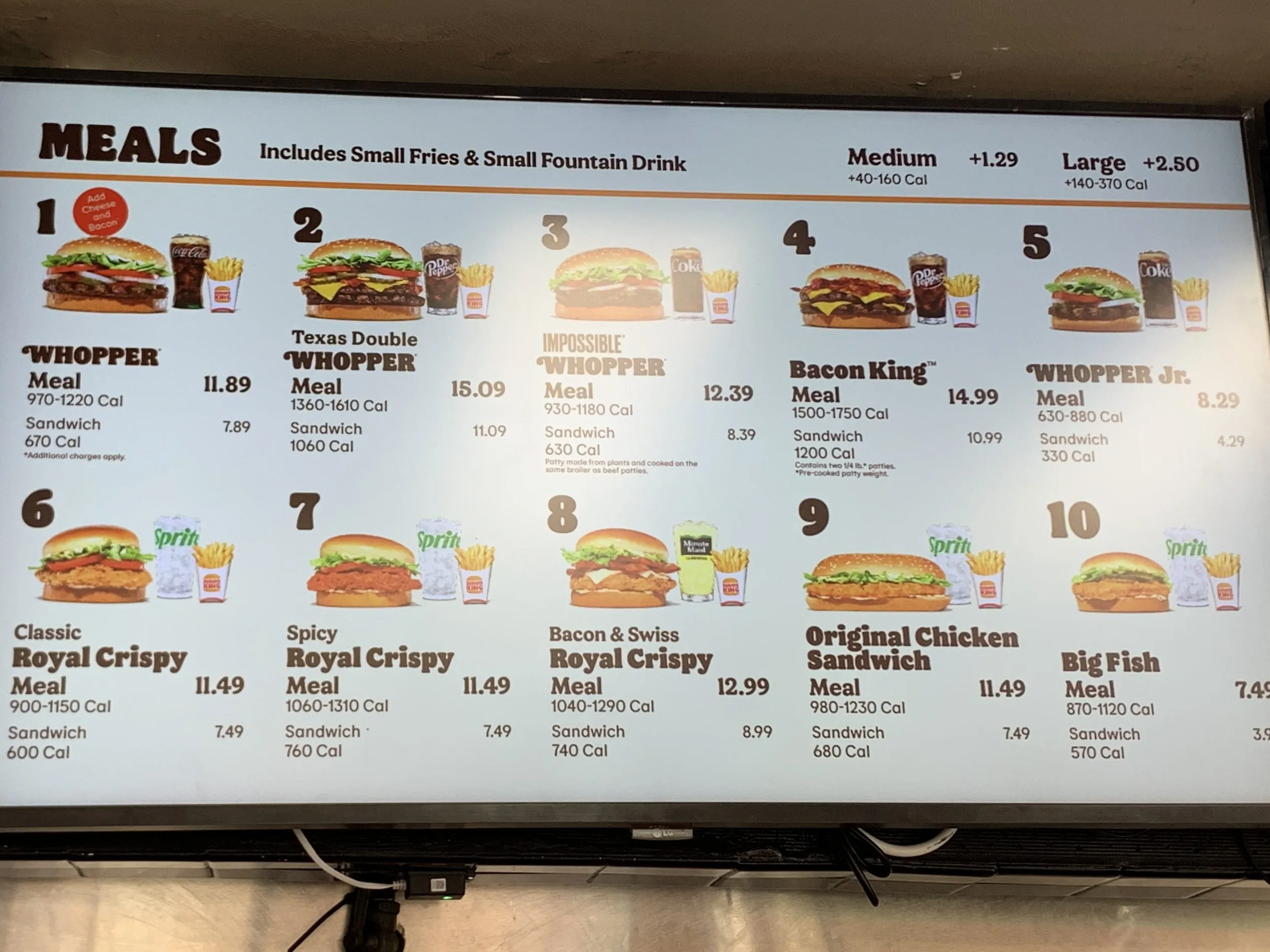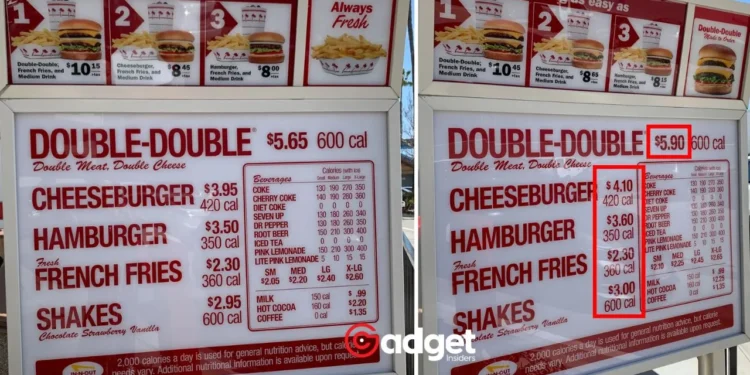California’s recent implementation of a $20 minimum wage for fast food workers has sparked widespread discussion and evident price adjustments in the fast food industry. With the law now in effect, a significant impact on menu prices has been observed across various chains. This analysis delves into the adjustments and reactions from both businesses and consumers in response to the new wage regulation.

Impact on Fast Food Menu Prices
Beginning April 1, the increase in wages to $20 per hour for fast food employees has led to noticeable price hikes on menu items. For instance, at a Burger King in the Los Angeles area, a notable price surge was observed. The cost of a Texas Double Whopper meal jumped from $15.09 to $16.89, marking an almost 12% increase. Similarly, the Big Fish meal experienced an even steeper rise, escalating from $7.49 to $11.49—an astonishing 53% increase. These price adjustments reflect the immediate financial implications of the wage increase on operational costs for fast food outlets.
Genevieve Wong, reporting on the situation, highlighted that most menu items at Burger King saw price increases ranging from 25 cents to a dollar. Despite requests for comment, Burger King has remained silent on the issue.
A TikTok video of a customer complaining about the price of a $25 deal at a California McDonald's has sparked criticism that the company raised prices because the state passed a minimum wage increase for fast food workers this month. https://t.co/hYYWSwWiNo
— USA TODAY (@USATODAY) April 12, 2024
Reactions Across the Board
Kevin Hart’s fast food venture, Hart House, also adjusted its pricing structure, marking up items by as much as 25%. A notable change was seen in the price of large fries, which increased from $4.49 to $5.99. Milkshakes and sandwiches at the establishment followed suit, with prices rising significantly.
However, not all fast food chains reacted with the same intensity. In-N-Out Burger, for example, implemented more modest increases. Prices for burgers rose by about 25 cents, and sodas saw a marginal increase of a nickel.

Customer Sentiments Mixed
Customer reactions have varied. While some, like Shawn Fields, find the increases “nominal” and “reasonable,” others express dissatisfaction. Ivan Moreno voiced concerns about the broader economic impact, stating, “I don’t like it, because then everything else goes up. These people have to make a living one way or another, but then [the restaurants] have to up their prices.”
Scott Rodrick, who owns multiple McDonald’s franchises, explained his proactive approach, having already raised prices by 5% to 7% in anticipation of the new law. He emphasized the necessity of these adjustments given the sudden and substantial wage increase.
Broader Economic Implications
This new wage policy, championed by Democrats in the California state legislature, aims to elevate the living standards of over 500,000 fast food workers, representing a significant economic shift not just for the employees but also for the industry at large. While some chains like Chick-fil-A, Wendy’s, and McDonald’s have not yet adjusted their prices, the overall trend indicates a shift that could reshape the fast food business model in California.

Looking Forward
As the industry adjusts to these new economic realities, the long-term effects on the fast food landscape, employment, and consumer pricing will become clearer. Business owners and consumers alike will have to navigate the challenges and opportunities presented by this significant increase in labor costs.
In sum, California’s new minimum wage law is a bold step towards improving worker compensation in the fast food industry but comes with complex repercussions for prices and business operations, painting a new financial landscape that all stakeholders will have to adapt to.










